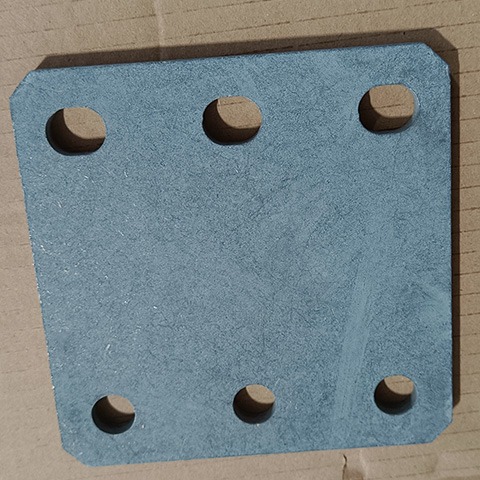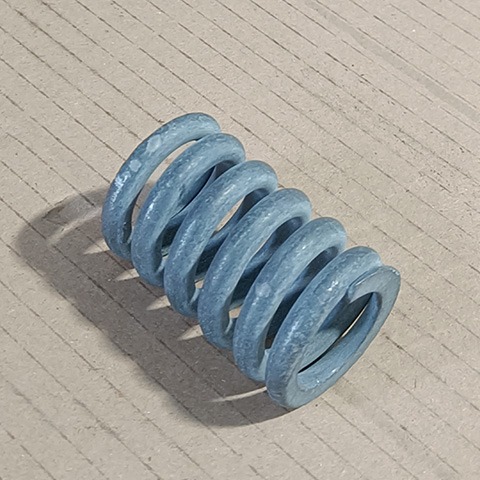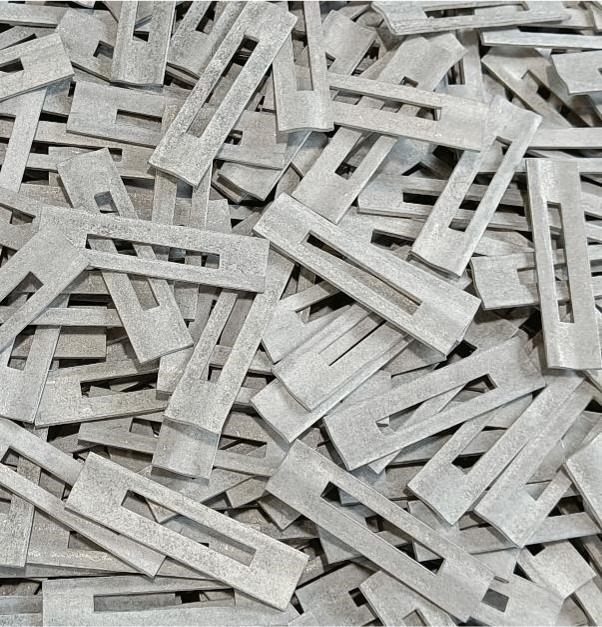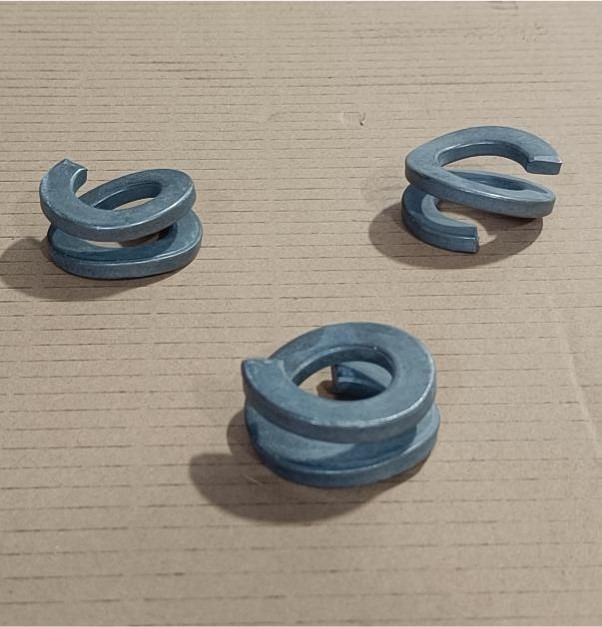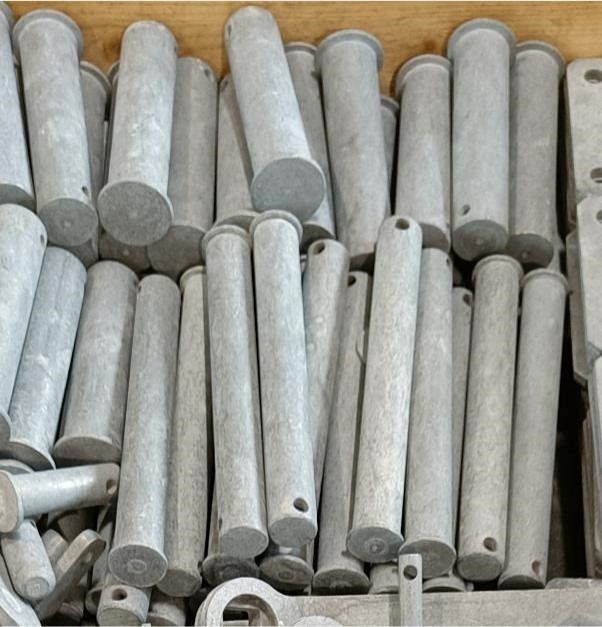Sherardizing
How to ensure maximum protection for your steel?
Do you prefer the most environmentally friendly method of surface treatment?
Try the unrivalled method of thermal diffusion galvanizing – Sherardizing, offered by our company ERLEN
Benefits of Sherardising
Sherardizing – Thermal diffusion galvanizing
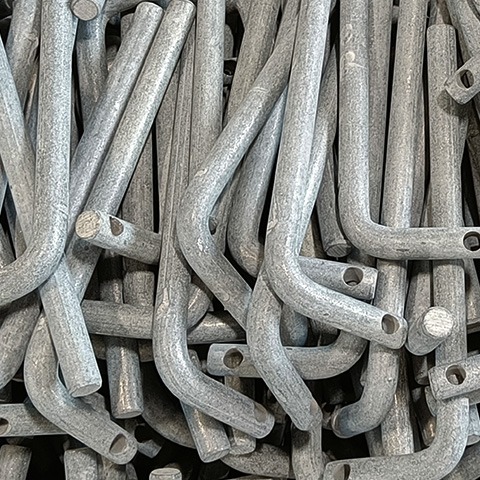
Technology Description
The process of thermal diffusion galvanizing, also known as Sherarding, consists of diffusion filling steel objects with zinc. The reaction takes place in a rotating electric furnace filled with zinc powder at temperatures of 360-430 °C. The process results in the formation of an outer layer of zinc-impregnated steel on the surface of the protected steel objects. The surface layer thus formed is characterised by exceptional corrosion protection. The thermal diffusion method is also characterised by unrivalled abrasion resistance due to the absence of a deposited and therefore peelable layer. Due to the lower temperatures, there is no change in the internal steel structure and therefore this method is also suitable, for example, for the protection of springs and similar heat-treated elements.
The galvanising process is carried out in closed chambers in which the zinc diffuses into the steel structure. For this reason, the size of the chambers limits the maximum dimensions of the parts to be thermo-diffusion galvanised. We are able to offer our customers thermal diffusion galvanizing of parts with a maximum length of 300 mm. A special type of parts are bars, which we are able to galvanise up to 1000 mm in length and up to 10 mm in diameter. The maximum weight of the input is 250 kg. The structure of the surface layer resulting from thermal diffusion galvanizing consists of various intercrystalline compounds of zinc and iron.”
The resulting layer has a matt grey colour. Machine components can be realized with a guarantee of reciprocal mobility.
Corrosion Tests of the ERLEN Company
ERLEN, in cooperation with Accredited Testing Laboratory No. 1053, has demonstrated through pre-production and continuous corrosion tests that:
Technical Support
Quality standards
Coating classes
In accordance with EN ISO 17668:2016, the thickness of the thermal diffusion coating is determined according to the following classes:
Class | Coating Thickness Min. (µm) | Application Fields |
Class 15 | 15 | Normal indoor and outdoor environments |
Class 30 | 30 | Outdoor applications in more severe environments, or where there is a requirement for extended service life |
Class 45 | 45 | Highly corrosive and or abrasive environments, e.g. industrial or marine |
FAQ – Questions & Answers
References
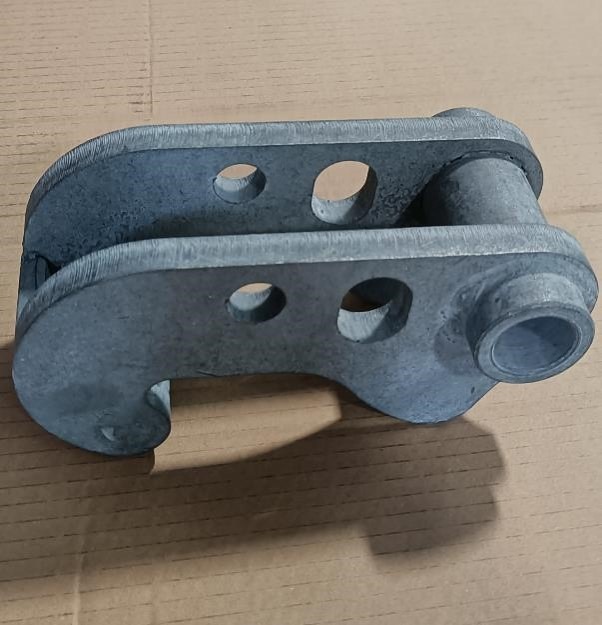
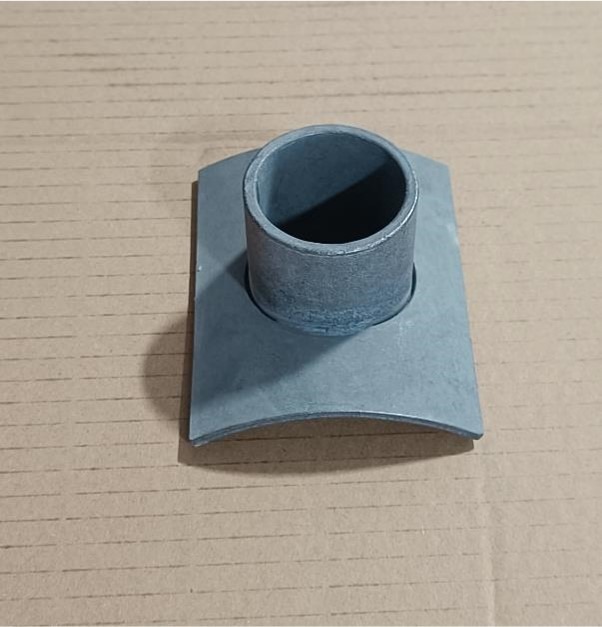
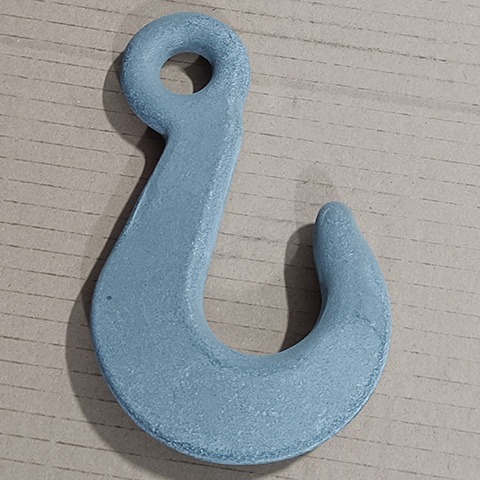
Gallery

